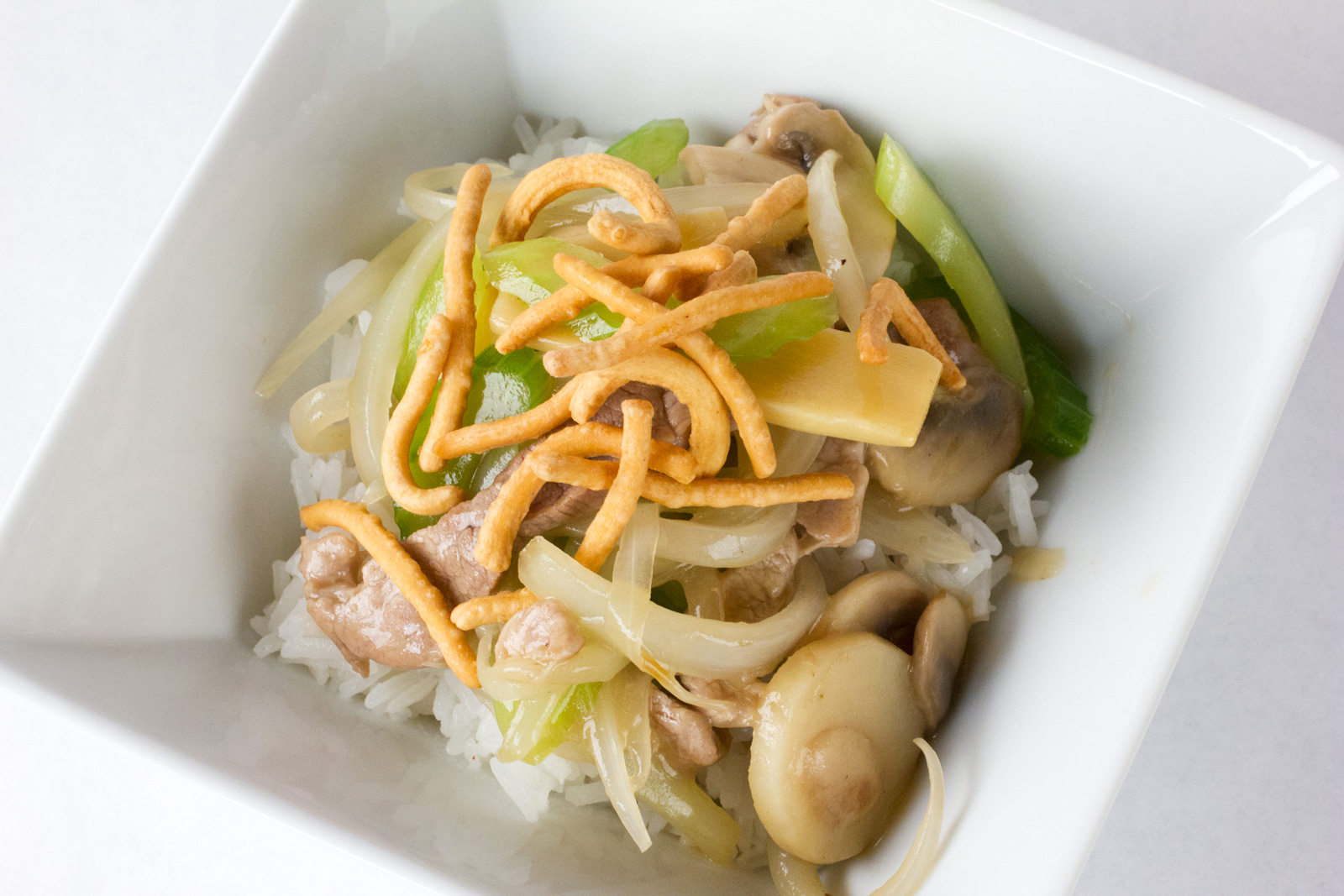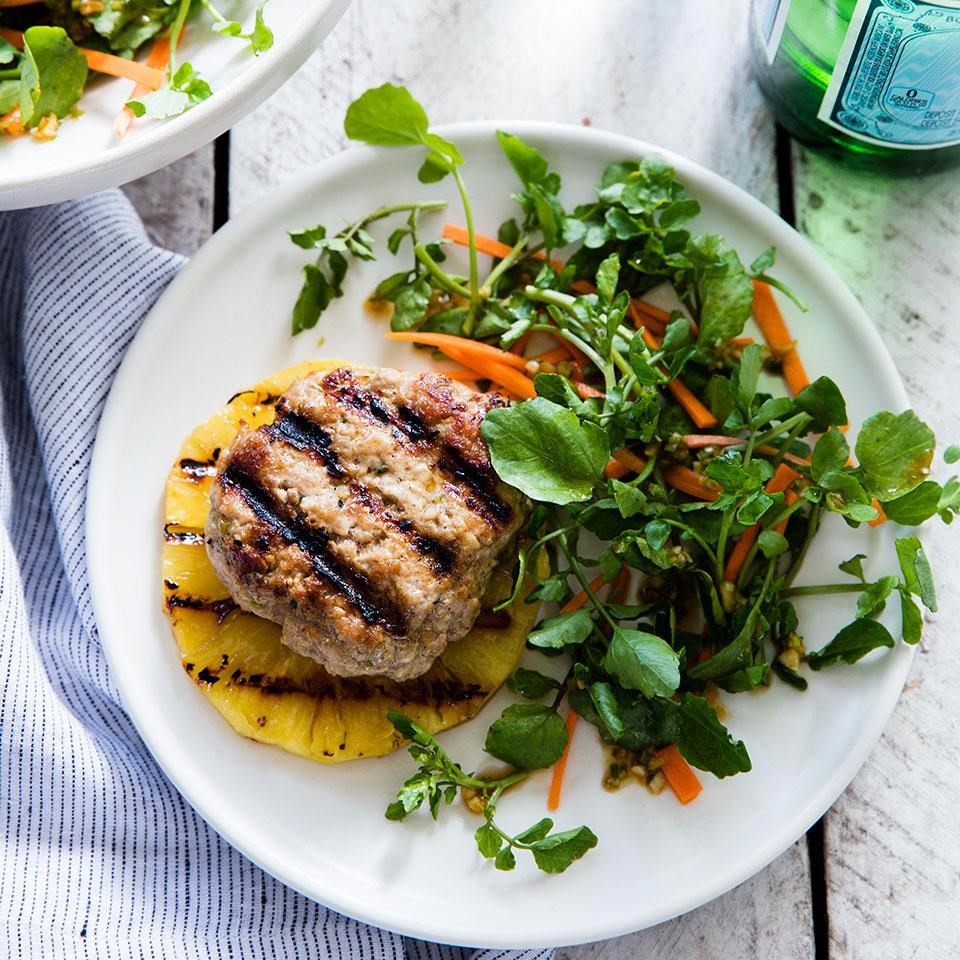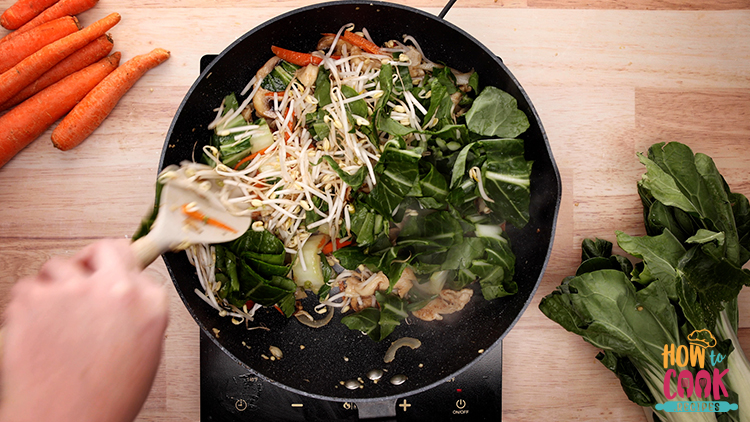
If you are targeting weight loss, go for the vegetable chop suey with rice and avoid fried noodles. Chop SueyĪ cup (56g) of vegetable chop suey consists of approximately 282 calories, 23 grams of protein, 12 grams of carbohydrates, and 16 grams of total fat. Choose between fried and steamed chow mein as per your diet preferences oil contains fats and cholesterol. If you wish to take a more protein rich meal add shrimp, meat, or chicken to the chow mein. and is quite healthy if you are targeting weight loss. A cup (56g) of vegetable chow mein consists of approximately 240 calories, 26 grams of carbohydrates, 4 grams of protein, and 14 grams of fat. Nutrition Facts Chow MeinĬhow mein is pretty low on calories and fat as compared to chop suey. If you wish to use meat or seafood, add it to the pan after you add onions. Let’s take a look at the difference between chow mein and chop suey by way of a side-by-side comparison. However, in chop suey, the mixture of cooked vegetables and meat (optional) along with the sauces is served over already cooked rice or fried noodles. A very basic difference between the two is that, in chow mein, the recipe itself includes adding cooked noodles to the cooking sauces, vegetables, and meat (optional). The dish can be either cooked with a base of rice or deep-fried noodles, the latter being more popular. The term ‘chop suey’ originates from the English translation of the Mandarin tsa-sui, and the Cantonese tsaâp suì. Although, the true tale of its invention remains a mystery. The recipe consisted of celery, bean sprouts, and meat in a tasty sauce.


It was thought to be invented in 1896 by the Chinese ambassador Li Hung Chang’s cooks, who cooked the dish for some American guests for dinner. The former is soft and mostly made up of long rounded noodles, whereas the latter is more dry and crispy, and made up of flat noodles.Ĭhop suey, on the other hand, is an American-Chinese cuisine, and could also be called other overseas cuisines such as Filipino cuisine, Indian-Chinese cuisine, Polynesian cuisine, Indonesian cuisine, etc. Two main kinds of chow mein exist the first one being steamed and the other being crispy (Hong Kong style).

‘Chow’ means fried, whereas ‘mein’ refers to noodles. Eat immediately.Chow mein is basically stir-fried noodles its name comes from chau-mèing, which belongs to the Taishanese dialect of Yue Chinese. Continue tossing everything together for 1-2 minutes, or until hot and glossy. Stir the soy and mirin mixture again and pour it into the pan. Tip the meat and vegetables back into the pan and stir-fry everything together, tossing all the ingredients for 1-2 minutes, or until they’re evenly mixed and piping hot. Stir-fry the noodles for 2-3 minutes, or until some are beginning to turn crisp and golden-brown. Pour the remaining oil into the pan and add the noodles. Add the ginger, garlic, spring onions, peas and water chestnuts and stir-fry for 2 minutes until softened but not soggy.

Add another 1tbsp of the oil and stir-fry the pepper and carrot for 2 minutes. Transfer it to a plate and put the pan back on the heat. Add the pork and stir-fry over a high heat for 2 minutes or until nicely browned. Heat 1tbsp of the oil in a wok or a large nonstick frying pan. Mix the sugar and cornflour in a bowl and gradually stir in the soy sauce, mirin (or sherry) and 100ml (3½fl oz) water, then set aside. Drain and rinse them in a sieve under running water until cold, then toss with 1tbsp of the vegetable oil and set aside. Bring the water back to the boil and cook the noodles for 3-4 minutes, or according to the packet instructions, until tender. Add the egg noodles and separate the strands with a wooden spoon. Put it in a bowl and toss it with the five-spice powder, ½tsp of salt and plenty of pepper, then set aside.īring a saucepan of water to the boil. Cut the pork in half lengthways and then into thin slices. Using a sharp knife, carefully trim the excess fat and sinew from the pork.


 0 kommentar(er)
0 kommentar(er)
